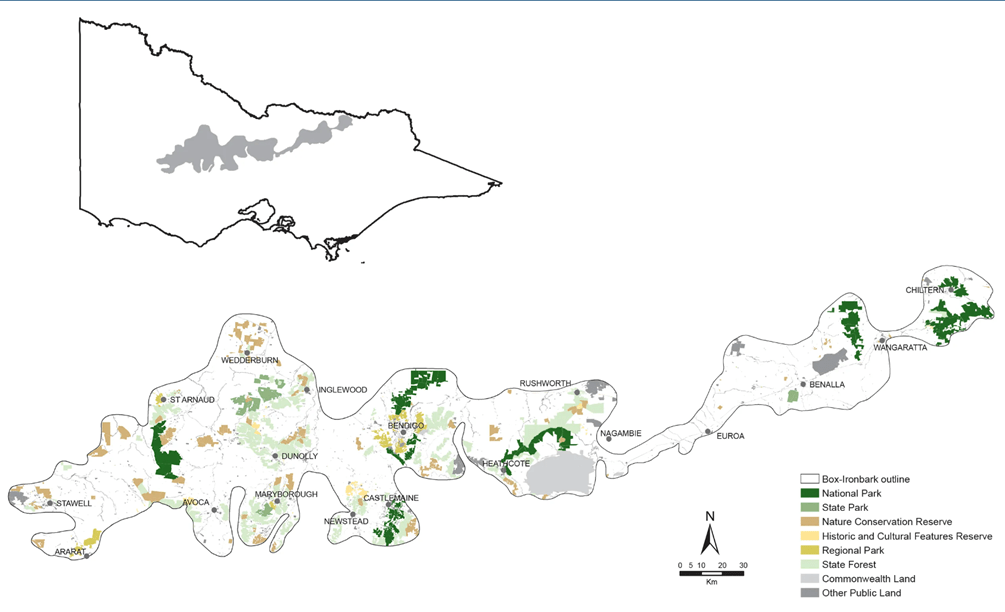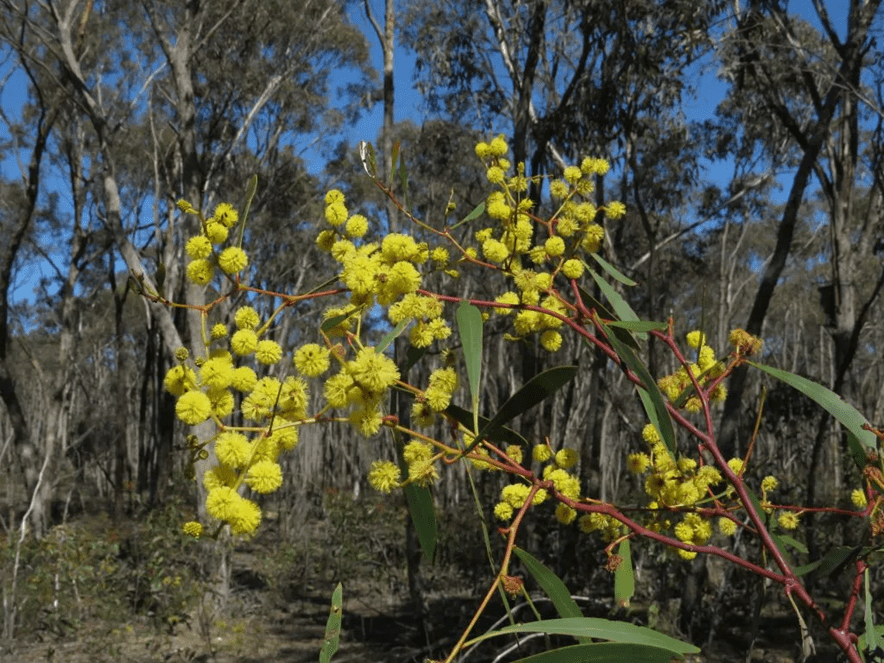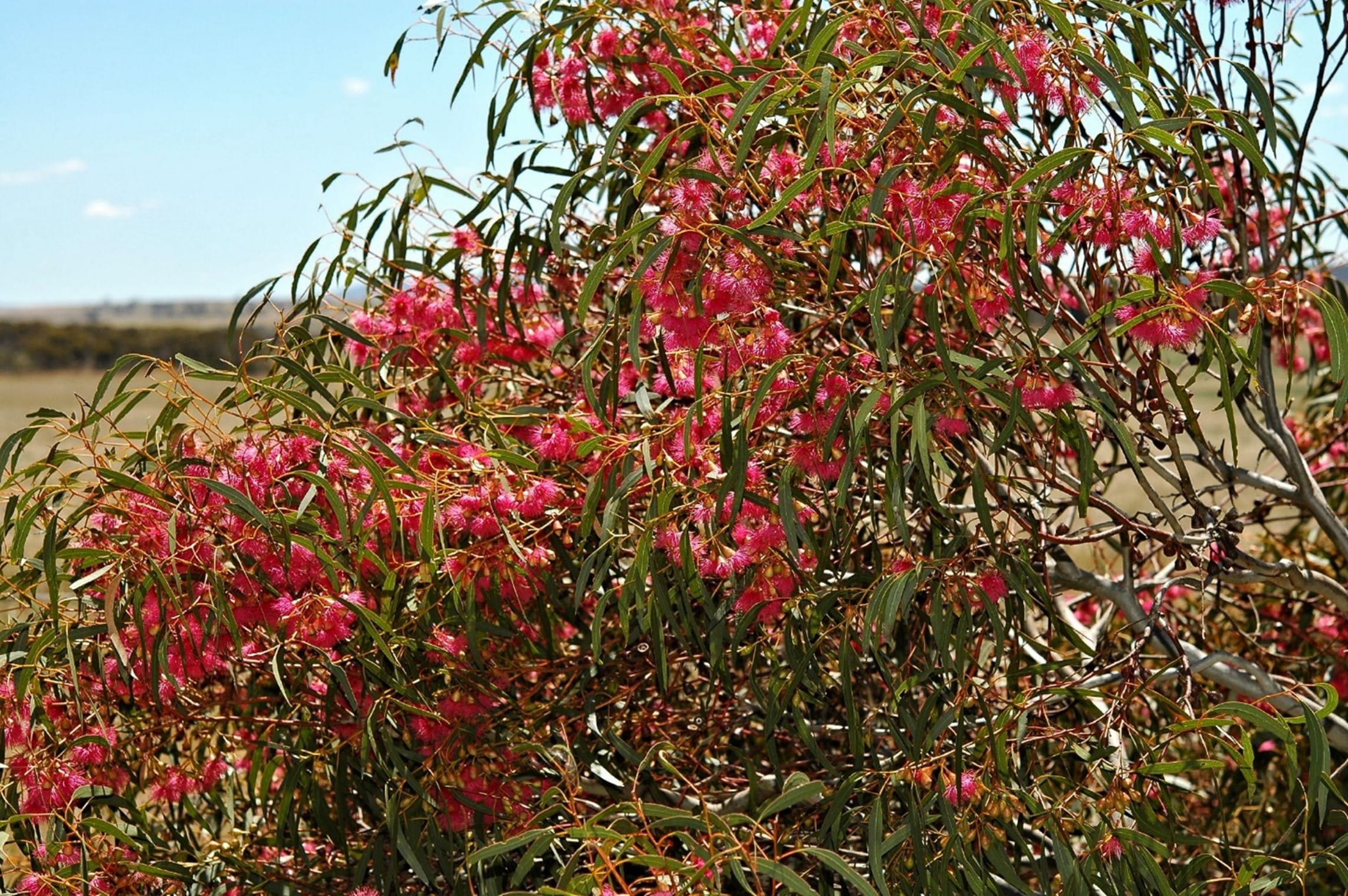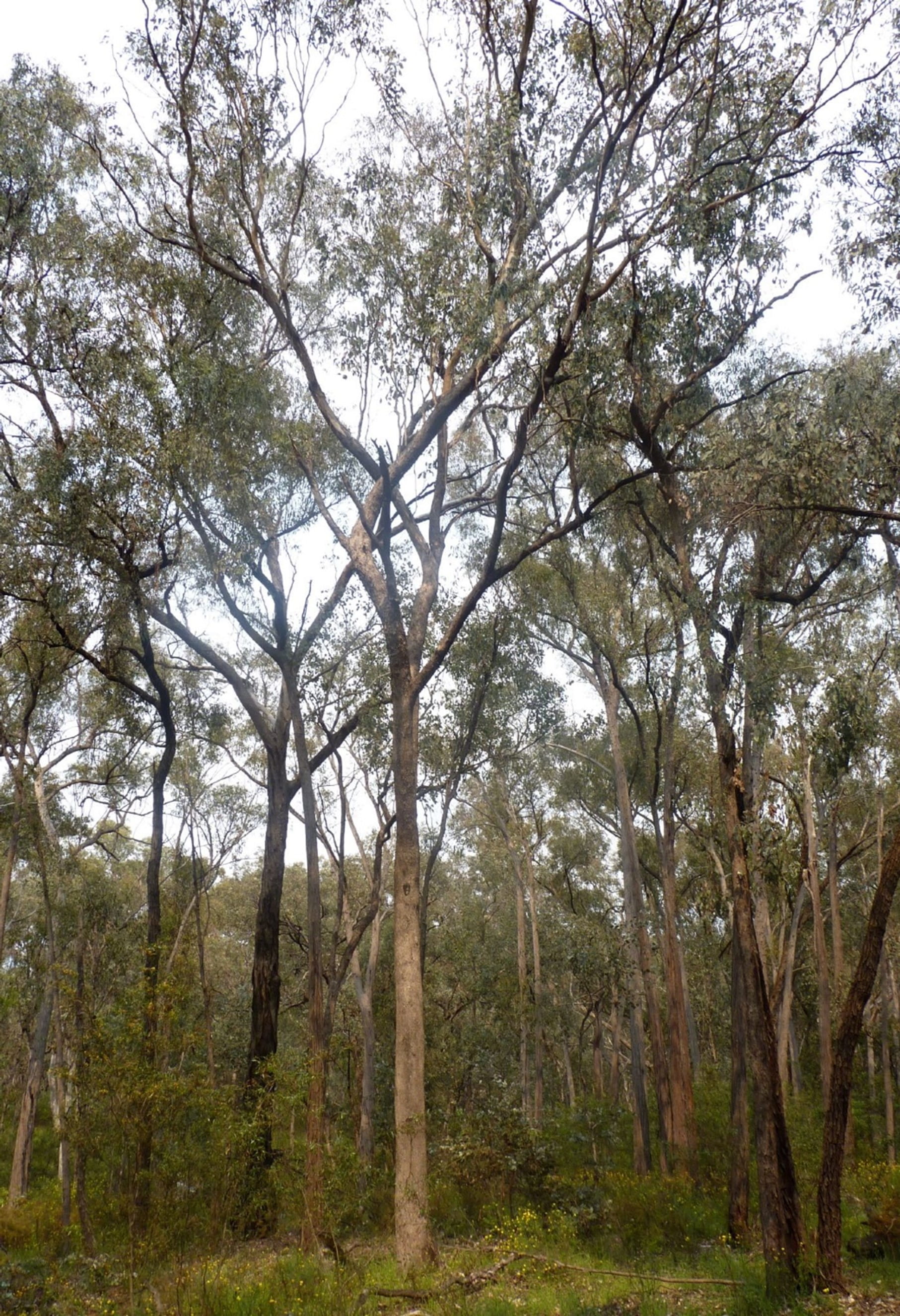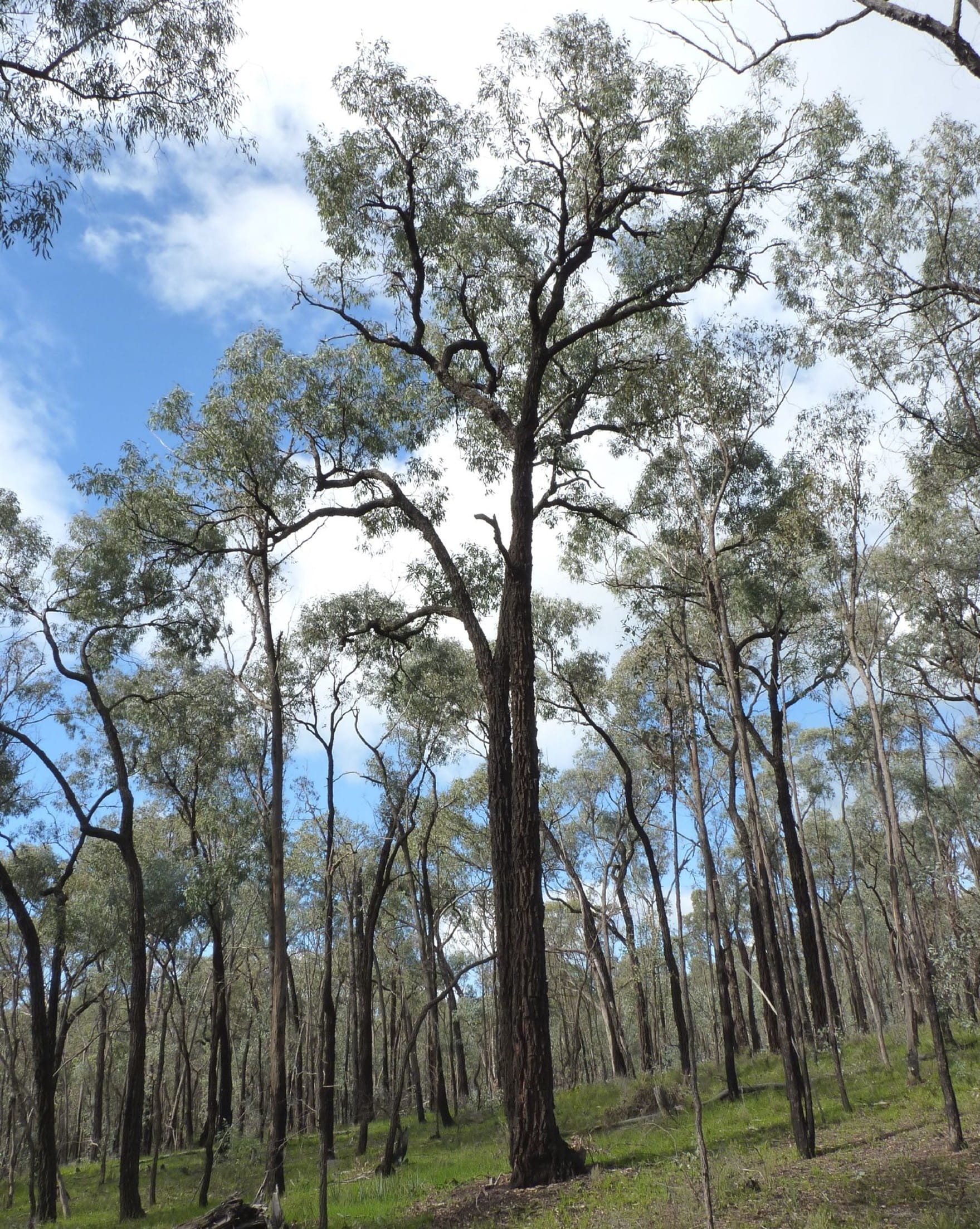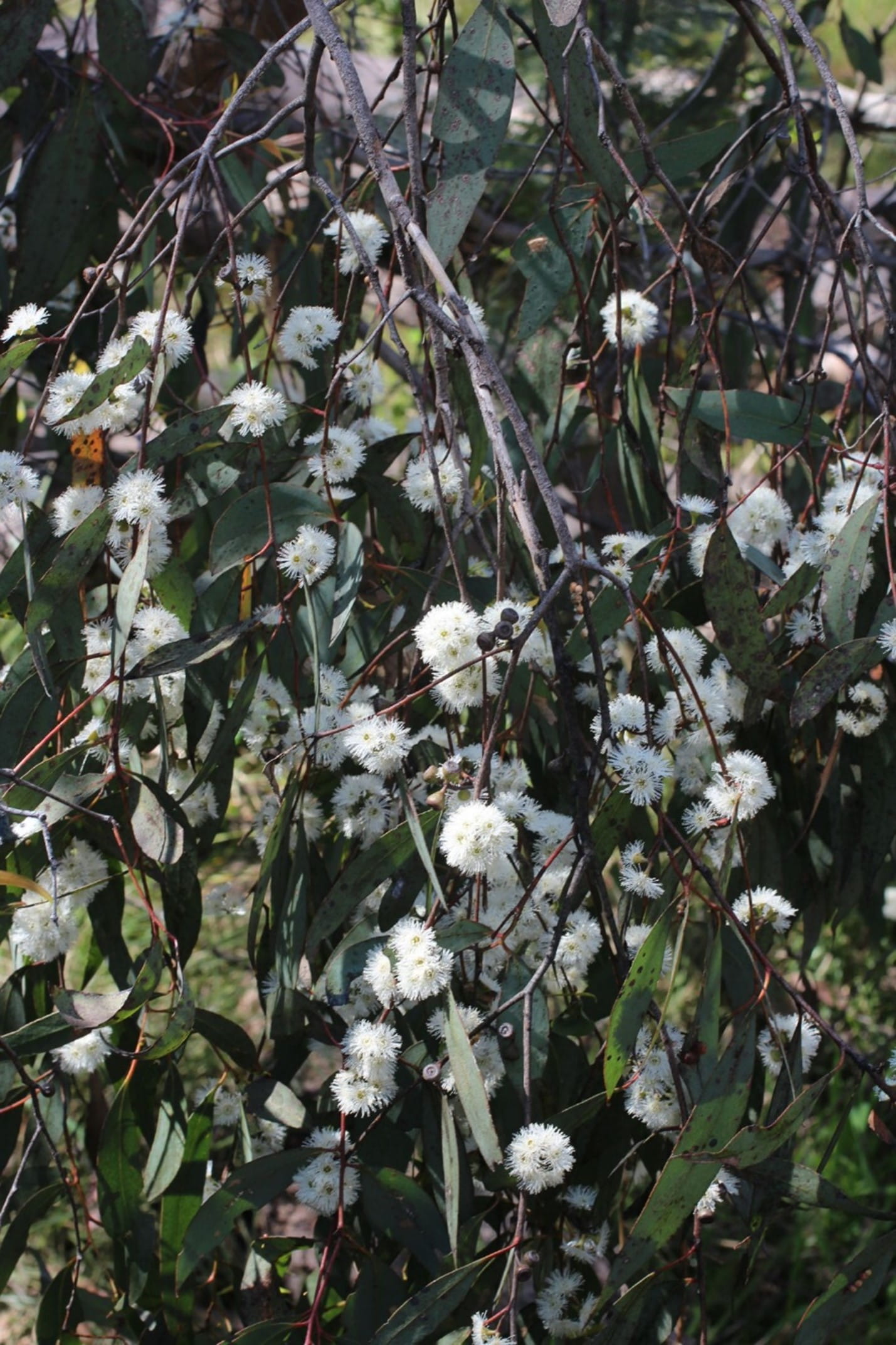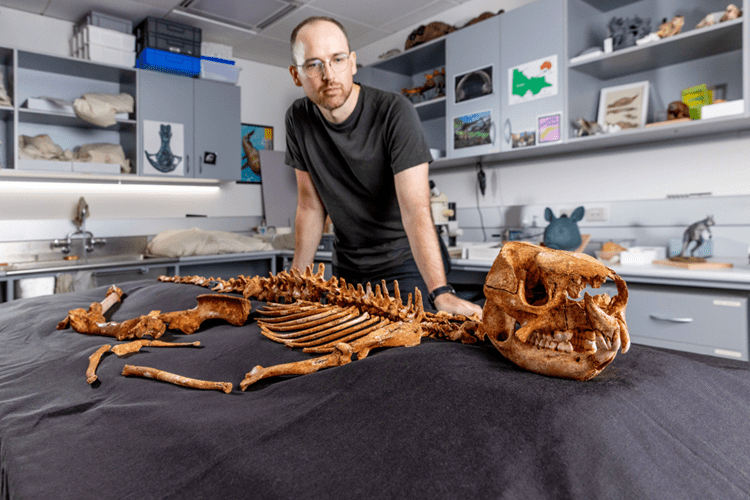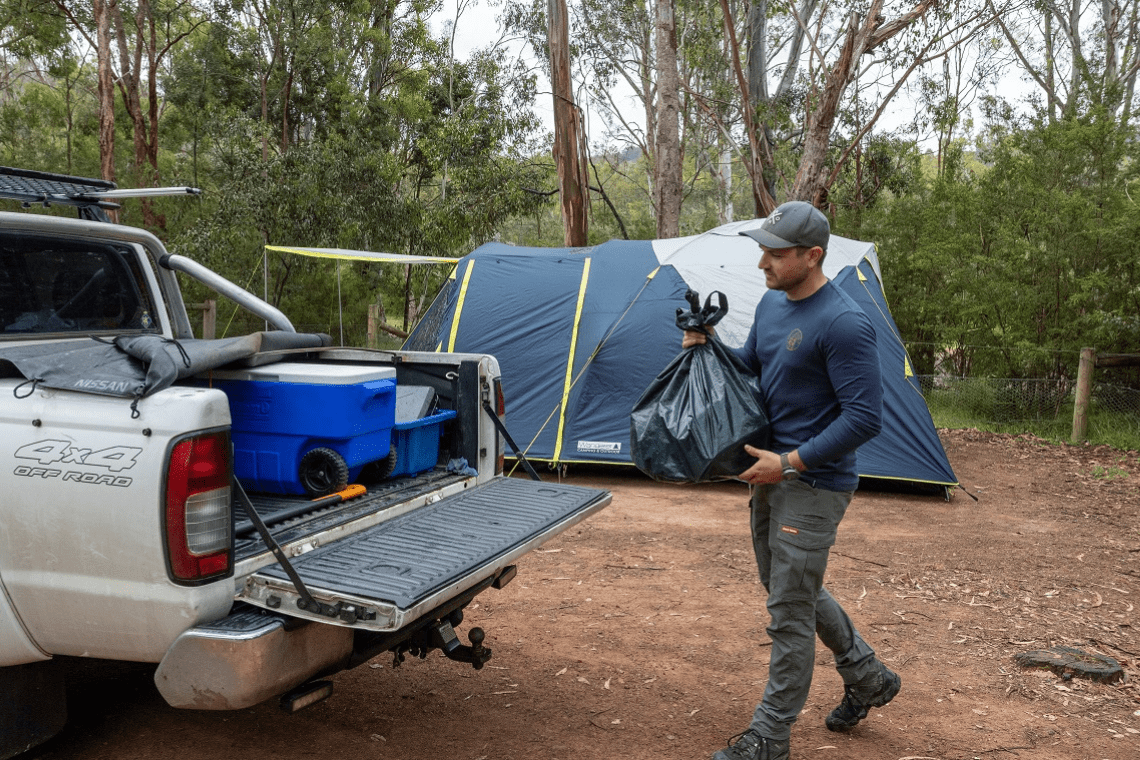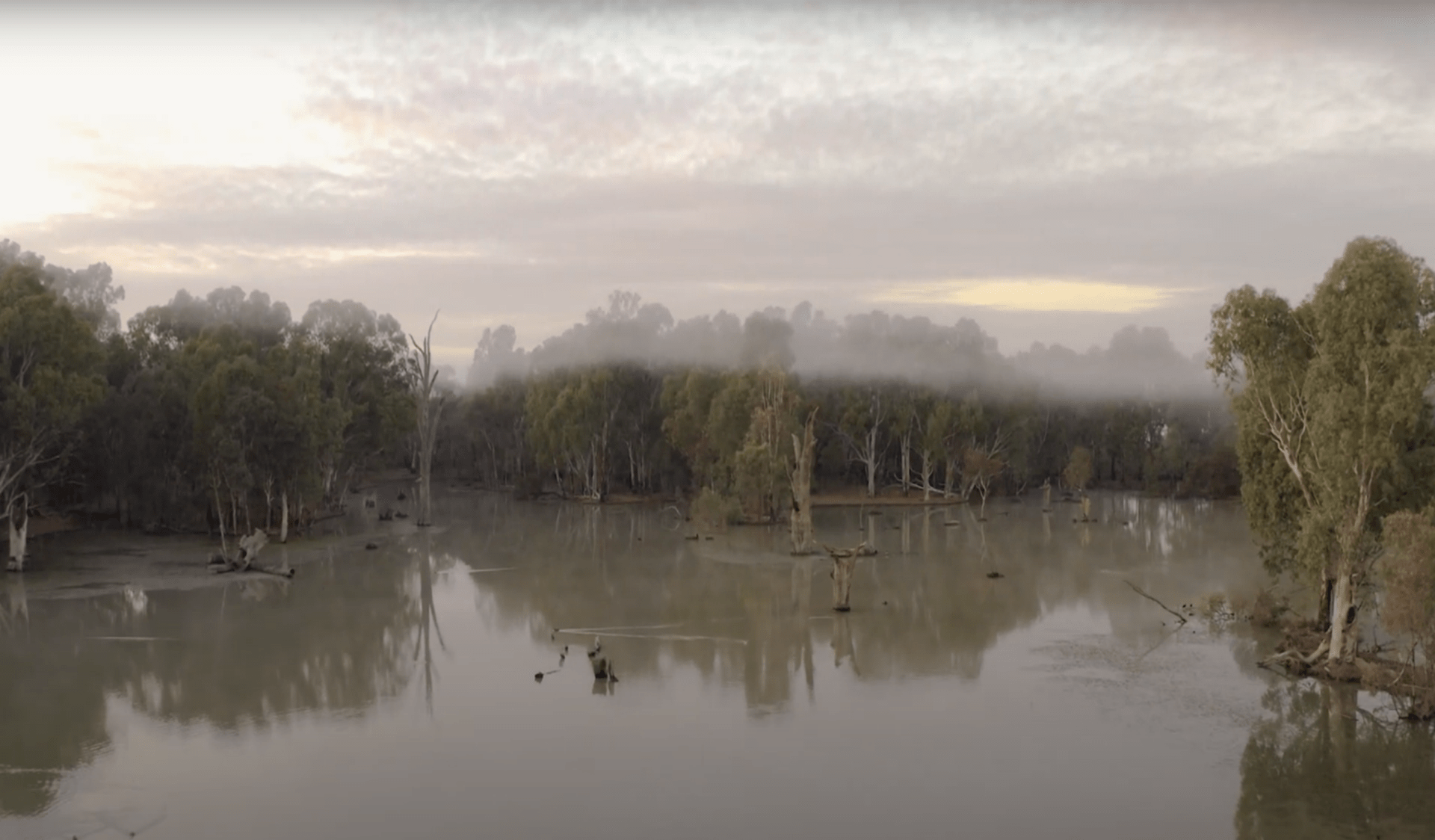Finding gold in the Box-Ironbark forests: protecting an iconic Victorian landscape
Monday 15 April, 2024
• Victoria’s Box-Ironbark forests are one of the most diverse woodlands in Australia.
• During the gold rush of the mid 1850s, more than 2.5 million hectares of this land was cleared.
• The area is slowly recovering, but illegal firewood collection is impacting this recovery.
The extent of Box-Ironbark forests in Victoria are part of Aboriginal Cultural landscapes for Yorta Yorta and Dja Dja Wurrung people. Image credit: CSIRO.
In 1851, the Gold Rush arrived in Victoria. The precious metal was being extracted at a feverish rate by the mid-1850s, with tonnes of gold flowing into Melbourne’s treasury building every month. Thousands of miners began clearing out the Box-Ironbark forests in central Victoria, where huge demands for timber meant millions of hectares of this iconic forest were felled within a generation.
These iconic Box-Ironbark forests are a collection of different eucalypts known as the “Box” and “Ironbark” trees. These trees, which can grow to 25 metres in height, have some of the most prolific flowering routines of any eucalypt. They are predominantly found in Chiltern-Mt Pilot National, Warby-Ovens National Park, Heathcote-Graytown National Park, Greater Bendigo National Park, Kara Kara National Park and Castlemaine Diggings National Heritage Park along with many important smaller reserves.
The Box-Ironbark forests were originally estimated to cover more than 3 million hectares. By 1997 only 454,000 hectares remained in varying states.
More than 1000 plant species are known from this distinct region, including the Golden Wattle. Image credit: Field Naturalists club of Ballarat.
For biologists, there are two types of gold in these hills. From winter to spring, Golden Wattles are in full bloom in Box-Ironbark forests, and they represent one of the most spectacular displays of flowering plants across Victoria. They form part of the understory of these central Victorian woodlands, and are one of the most species diverse areas in the state, due in part to their position in the landscape (next to the semi-arid environments in the northwest and the wetter vegetation classes to the east).
The flowering habits of the Box-Ironbark species are of enormous importance. Throughout spring, the Yellow box is arguably the most significant nectar producer in Victoria, and is a crucial food source for many lorikeets, mammals (such as Krefft’s glider) and lots of insects. In autumn, the Grey box and the Red stringybark flower at the same time, which provides a vital stop off point for the critically endangered Swift Parrot, before it sets off on its journey back to Tasmania.
These forests overlap almost entirely with the goldfields of Victoria. Dr Rowan Mott is a conservation scientist who has worked on these areas for more than a decade.
“When gold was found, they needed timber for housing, firewood, and timber to build their mine shafts. They built railway lines, which meant timber was used in railway sleepers. All these things led to a cascading effect where they were cut down at an astonishing rate. We have lost more than 80 per cent of these forests since European colonisation”.
“The multi-stemmed nature of the trees today means we lack the really big old ancient trees that would have provided the real glut of resources for native species. We’re talking about a forest structure that is very different than what would have once been. But they remain an important ecosystem and support a range of threatened species and others that are found nowhere else”. Rowan said.
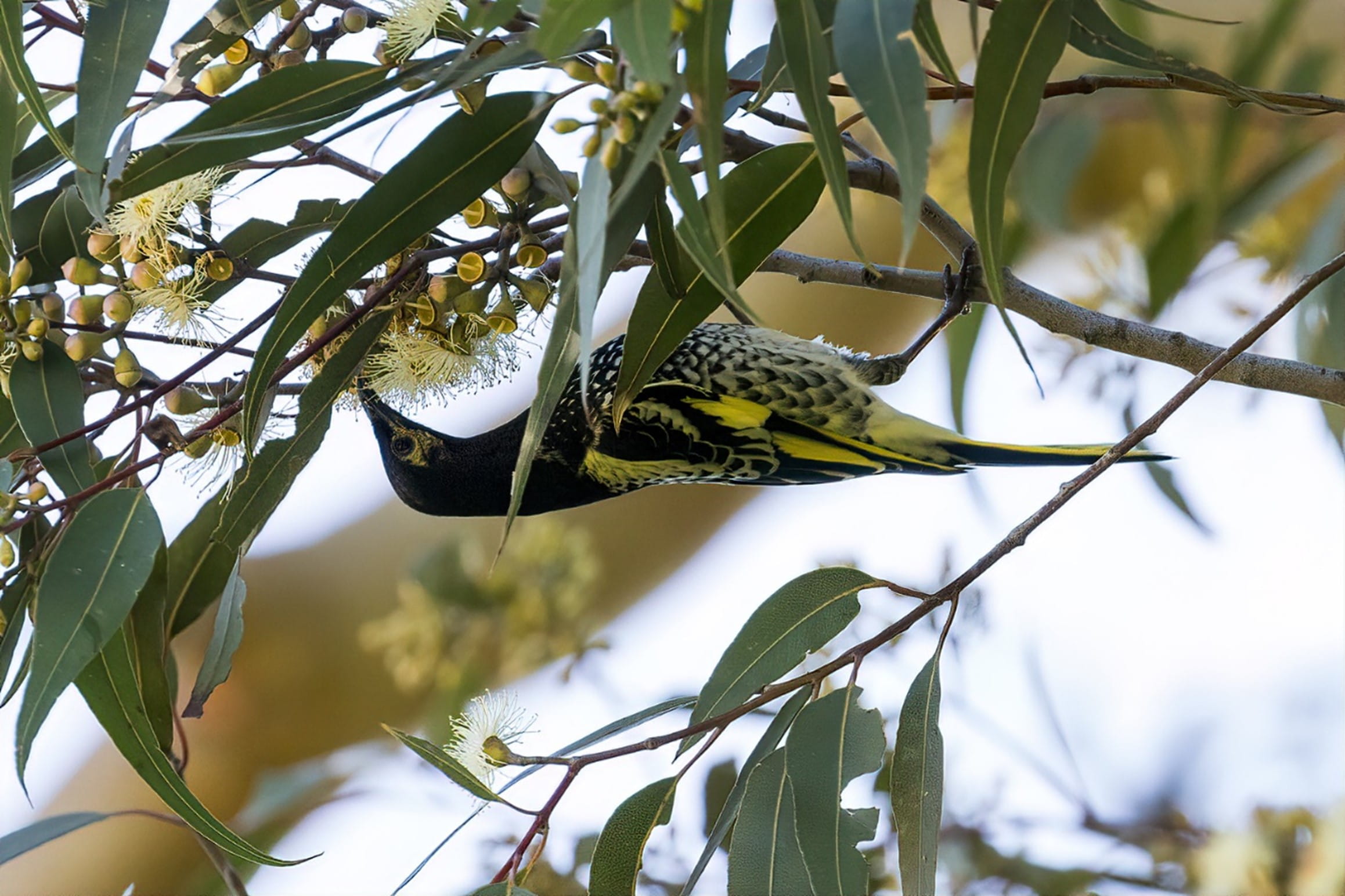
The Regent Honeyeater. Image credit: Brian Pritchard.
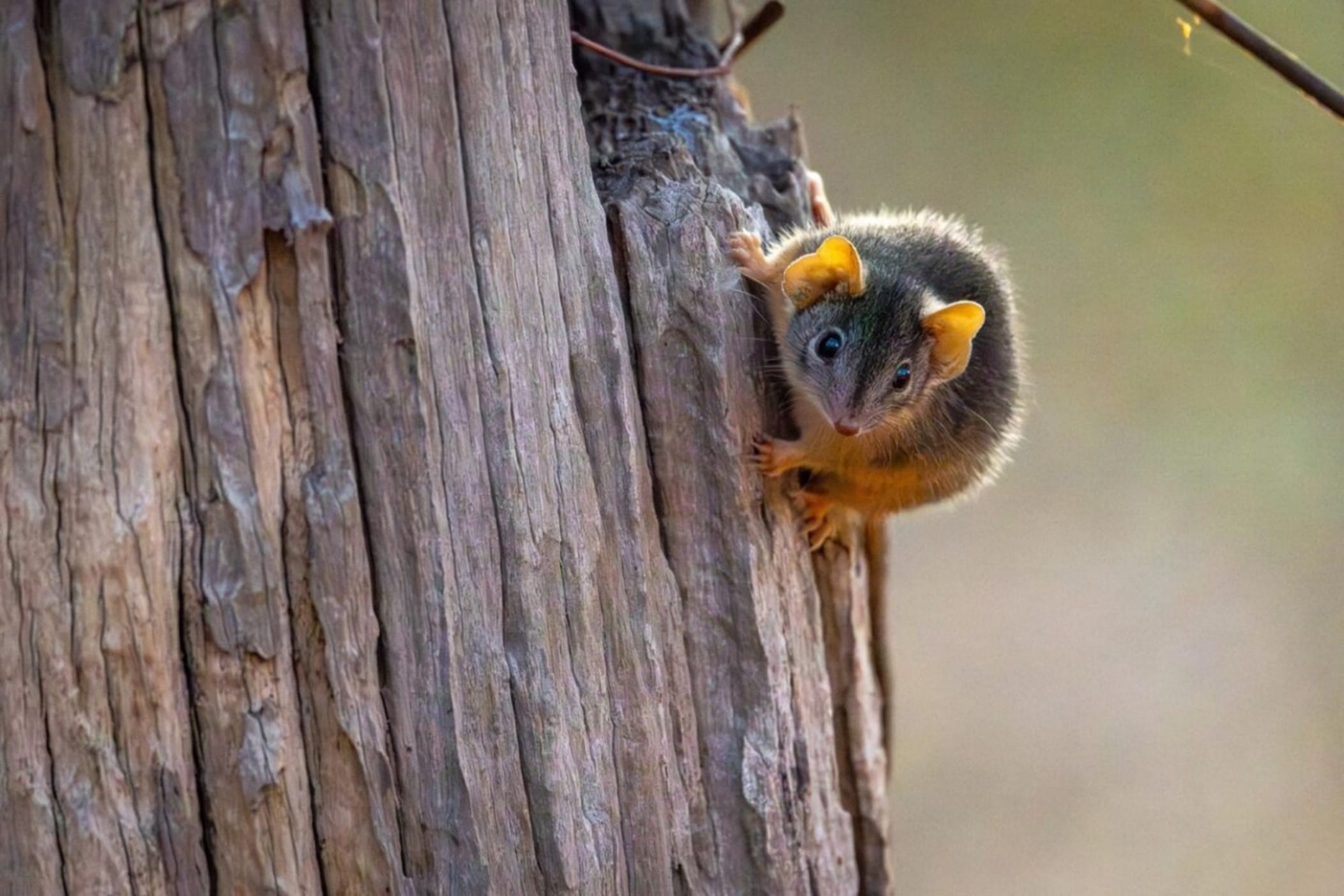
The Yellow-footed antechinus. Image credit: Mal Whitehead.
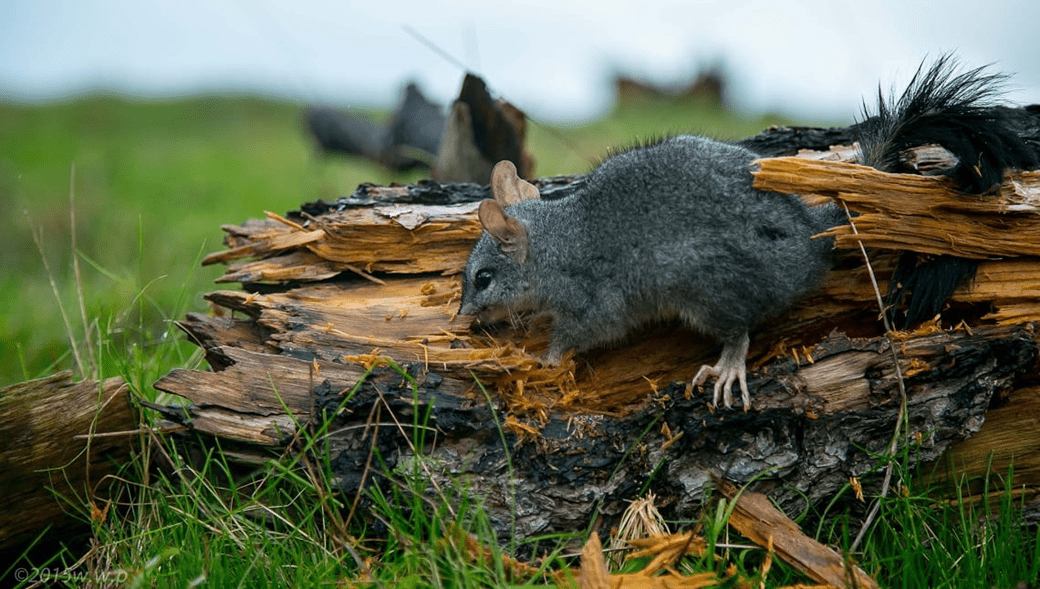
More than 280 native animals have been recorded in these forests. Some of these species are wholly dependent on these forests and the woody debris from these trees and include the vulnerable Brush-tailed Phascogale. Image credit: Wayne Williams
There are other threats to these forests. Climate change will likely lead to more frequent dry spells and extended periods of drought in the future, affecting everything in these forests.
Tree hollows are vital habitats formed over centuries in larger trees. The generational clearing of larger trees in these Box-Ironbark forests has made them increasingly scarce. Among the threats to these hollows, illegal firewood theft stands out as a significant issue.
The illegal destruction and removal of old-growth habitat from parks, forests, and reserves continues to have a negative impact on the health of these ecosystems. Coarse woody debris provides a vital habitat to several small ground-dwelling species, including the Yellow-footed antechinus, a small marsupial that is entirely dependent on them.
Firewood for personal use can be legally collected from designated collection areas during the autumn and spring firewood collection seasons. Visit the Forest Fire Management Victoria website to learn more.
Victorians are also urged to ask questions before they buy, to avoid inadvertently supporting illegal firewood operators and to reduce the impact of these illegal activities on our environment. There are questions you can ask your supplier to ensure their firewood has been sourced legally and sustainably. To learn more, check out our page on “using firewood”.


